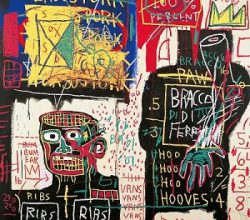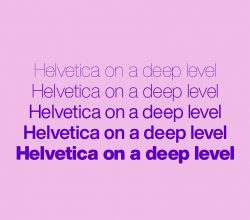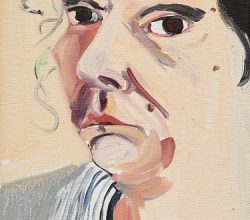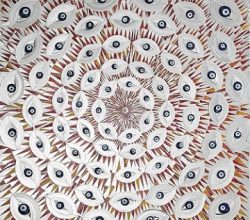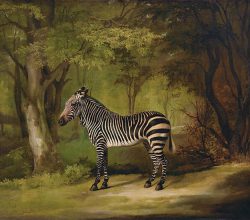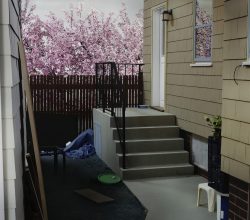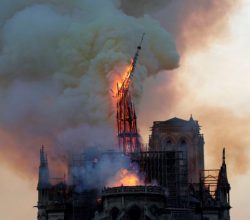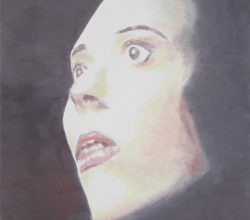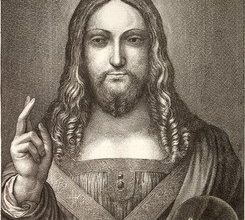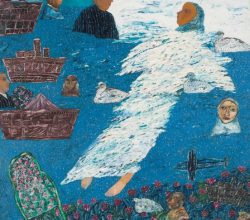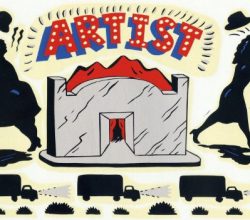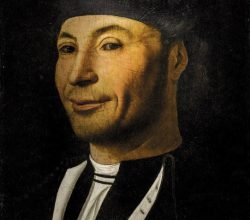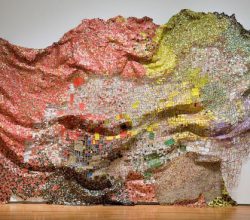
El Anatsui’s Monumental New Show Is an Act of Justice
Jason Farago | The New York Times | 29th March 2019
A fierce review. The Ghanaian Anatsui makes textile-like wall sculptures using bottle caps, “some of the most extraordinary sculptures of this new century”. Fumes the writer, why are in-depth exhibitions of this artist so rare? Anatsui seems unbothered: “Individual little caps don’t have much to say but when I put them together, then they have a voice.” Indeed. Images are here.


